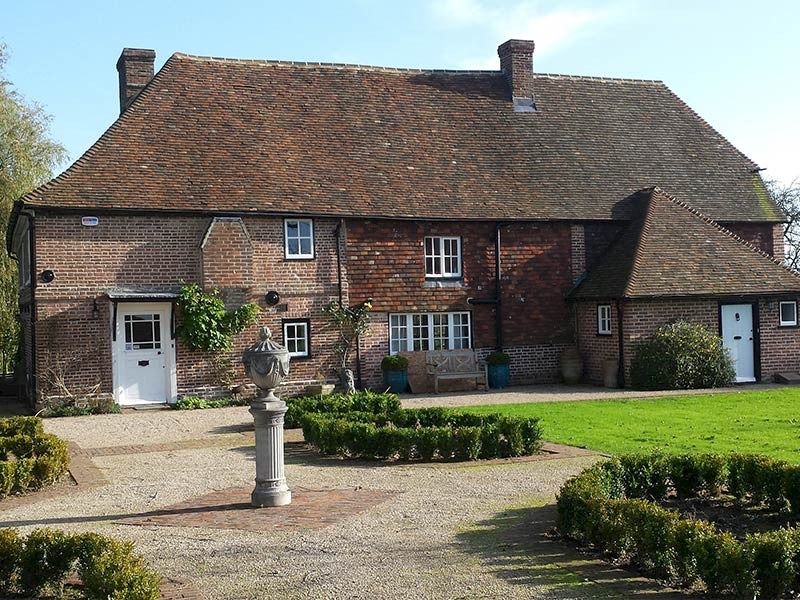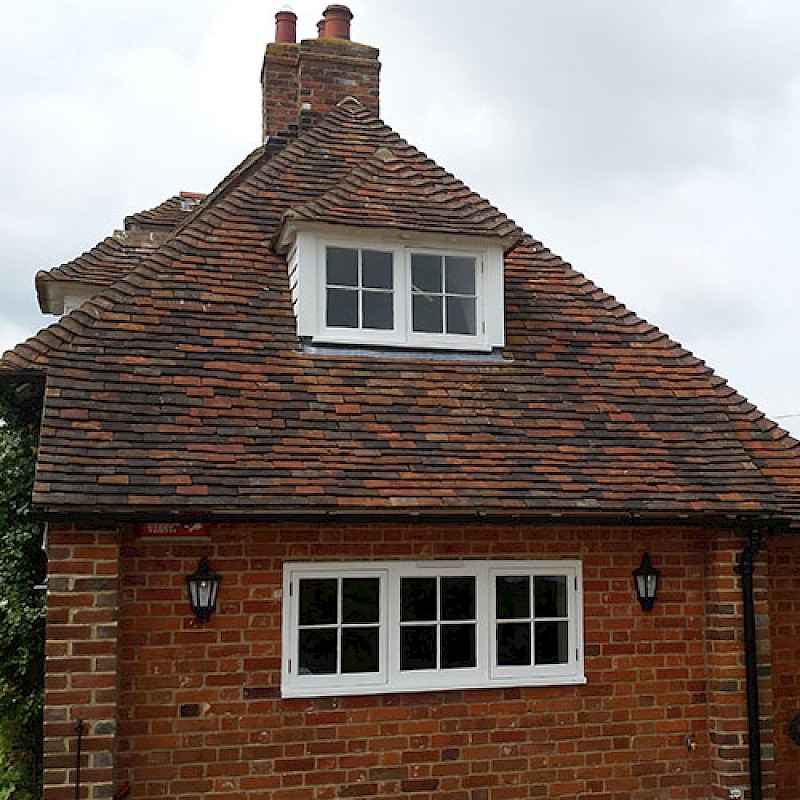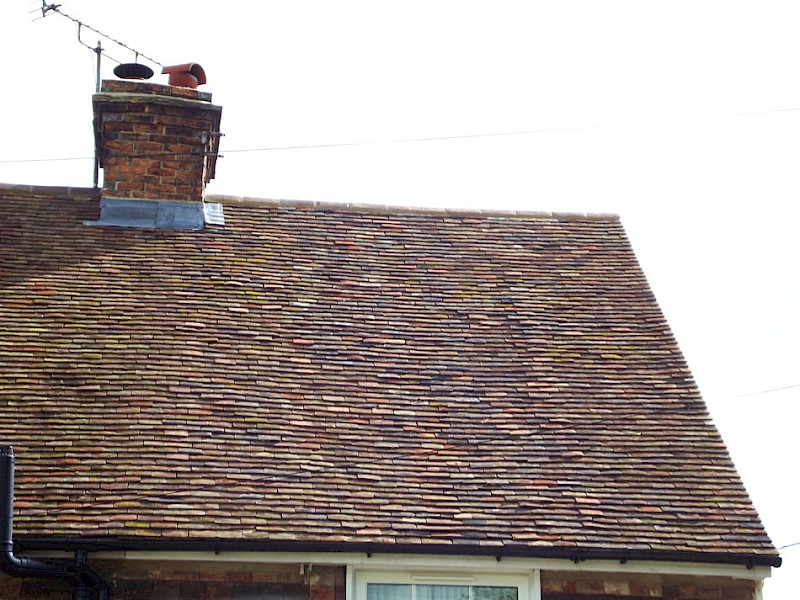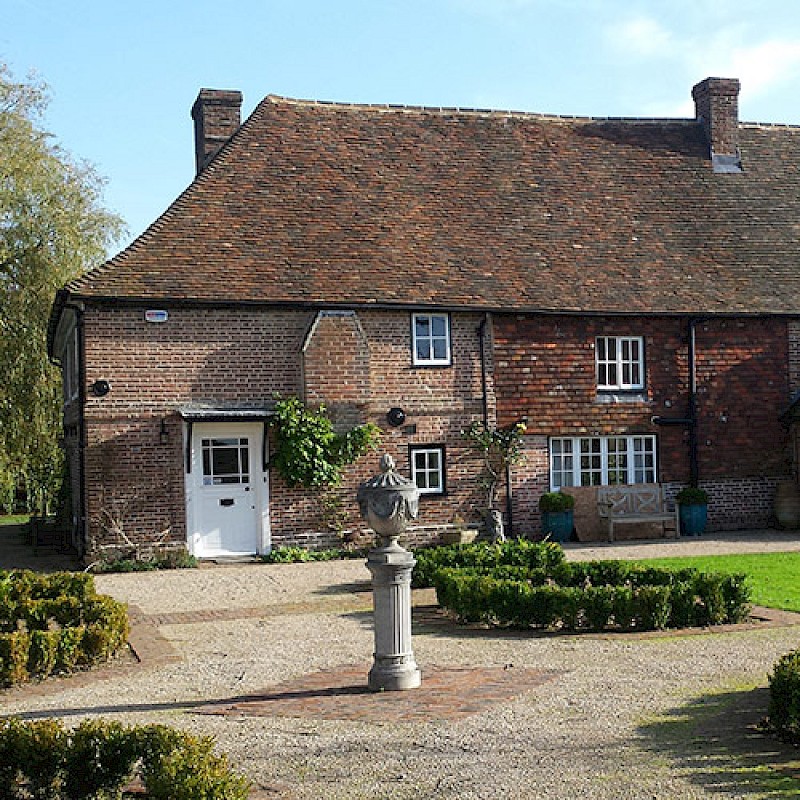Heritage Roofing Services
We pride ourselves on our heritage roofing services. As listed building roofers, we offer re-roofing and roof refurbishments to all types of listed buildings. Our fully trained team have completed many restoration projects on listed and period property restorations from church roofs, grade 1 and 2 listed buildings. Our heritage roofing services ensure quality by using traditional techniques combined with new and reclaimed materials. We can guarantee our work will meet all required standards and specifications. Visit our gallery to see examples of the stunning roofs we have worked on.
Some of our heritage roofing services include:
- Kent Peg Tiles
- Natural Slate Roof Repairs
- Leadwork & Ironwork
- Lime mortar re-pointing
- Joinery repairs and timber preservation
If you have a heritage roofing project that you need assistance with, or have questions about the scope of work required to repair your listed building, please do not hesitate to get in contact today.

Step One:
We will inspect your roof, document the findings and if required will consult with the local listed buildings, heritage buildings or conservation officer on your behalf, and then provide you with a free quotation.
Step Two:
Once given the go ahead and all relevant approvals have been obtained, we will provide a method statement and make arrangements for scaffolding and removal of waste materials from site.
Step Three:
All work will be carried out by appropriately trained and experienced staff. At all stages you will be kept informed of the progress. On completion all equipment and waste material will be promptly cleared away.
Contact Us Today
To Discuss Your Heritage Roofing Requirements
What is Heritage roofing?
Heritage roofing typically refers to historically accurate roofing materials, styles or techniques. Alternatively, roofing that is reminiscent of a specific architectural era or style. Heritage Roofing is particualrly associated with continuning the aesthetic or 'look' of older buildings, whilst also ensuring the roof has been maintained or repaired up to modern standards.
Heritage roofing can often refer to the use of materials such as slate, clay tiles (such as Kent Peg Tiles) or wood shakes that were commonly used in traditional buidling construction. As such, the processes often assosciated with heritage roofing will prioritise the craftmanship, and quality to detail that is required to maintain the authentic look of the time period it represents.
Heritage roofing services can also incorporate 'restoration work' where modern techniques and materials are used to replicate the look of original roof materials, but with longevity and durability of modern materials. Heritage roofing is significant in preserving the historical character and integrity of buildings for future generations to appreciate and enjoy.

What is a Listed building?
A listed building is a structure that has been designated as having special architectural, historical or cultural significance by a relevant authority. These relevant authorities are typically a government agency responsible for preservation or heritage services. Their aim is to protect these buildings. This includes preventing unauthorised alterations, demoltion or neglect.
Listed buildings are often graded depending on the level of significance or importance. Within the UK, there are three main categories:
- Grade I: Buildings of exceptional interest - including those of national importance.
- Grade II*: Particularly important buildings of more than special interest.
- Grade II: Buildings of special interest warranting every effort to preserve them.

What is the significance of alterting a listed building?
By 'listing' a building, this helps ensure that it is conserved for future generations, and can restrict updates being made to both the interior and exterior dependent on their category. For example, the changing of windows that could impact the overall look of the building itself. For proposed alterations, special permission from the relevant authority would be required. It is therefore incredibly important to be mindful of limitations when making changes, and particularly useful to use a company with experience of the legislations to ensure any work completed is not in breach of regulations.
In fact, failure to adhere to listed building regulations can be a costly and severe mistake. Consequences of making unauthorised changes to a listed building can include legal action, prosecution, fines, and requirement to cover the cost of the restoration costs to return the building to the original condition. Overall, unauthorised alterations to a listed building are an avoidable, and costly mistake to make. By using a company like ourselves who are knowledgable about these regulations, you can save yourself a lot of stress and financial strain.

